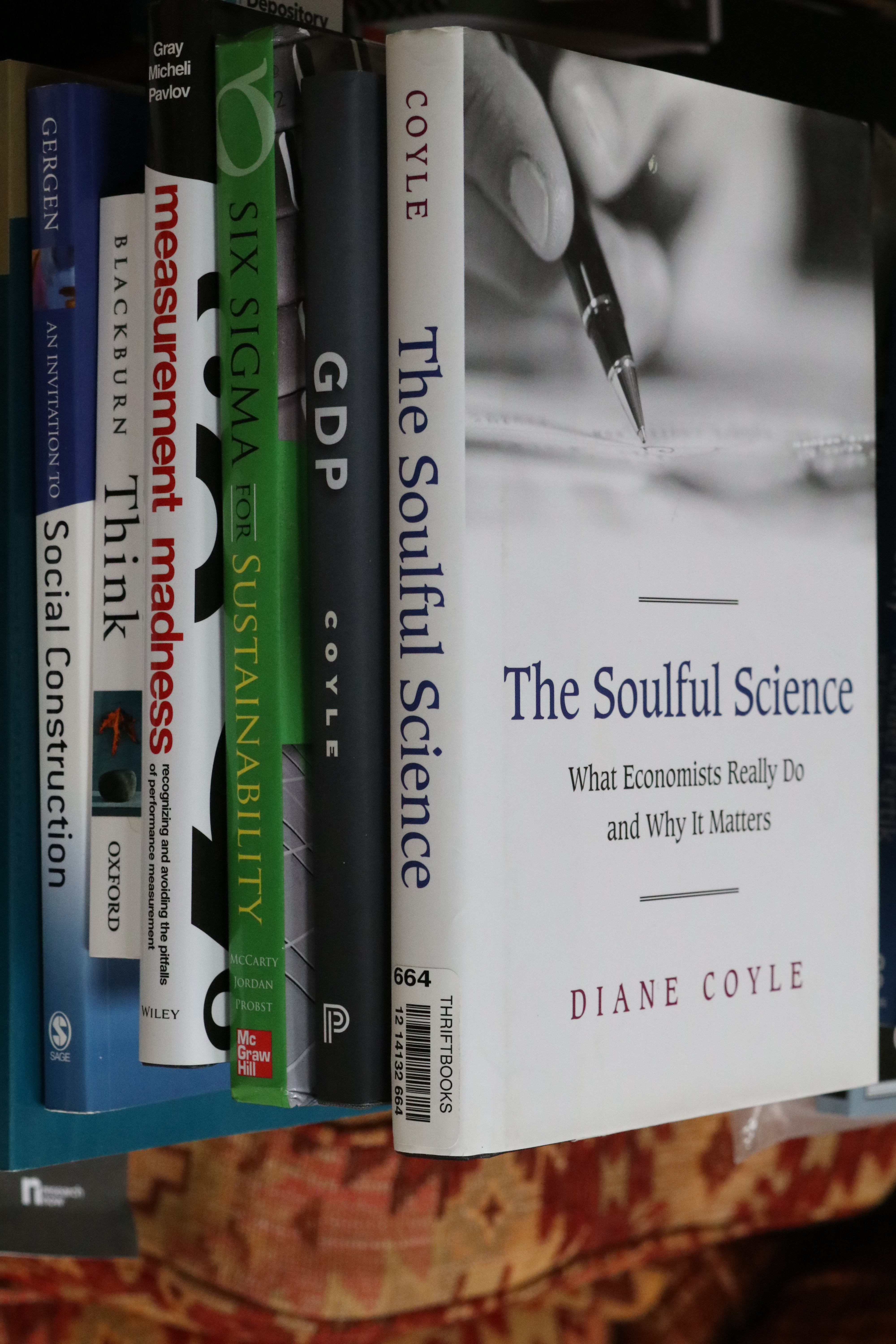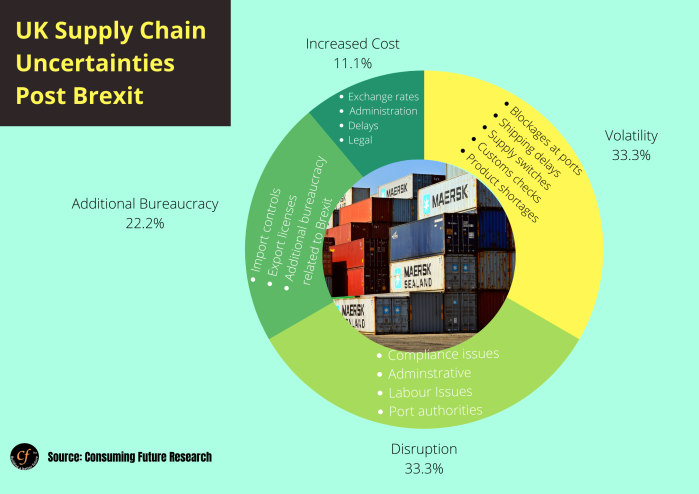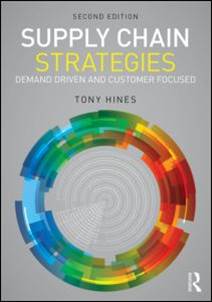
When I was at school in the last century ‘six of the best’ had a very particular meaning. Here it refers to six of the best books I have had the pleasure to read. These books were adjacent on my bookshelf and I began to wonder why I read them and what connected them to me and my interest and motivation to read them. In this piece I will share my reasons and make sense of why I chose them justifying their place on my bookshelf.
The Soulful Science a book about what economists do and why it really matters was a book I came across in a bookstore on my travels. Those people I know who have accompanied me on trips will know that I often spend several hours browsing bookstores. A habit I developed in my school days that has not gone away despite the digital age providing many opportunities to acquire information and knowledge instantly. There is always something aesthetically pleasing about holding a book. From the cover to the pages that unfold one at a time as one reads the author’s thoughts placed into the manuscript. Diane Coyle’s writing is crystal clear, concise and convincing. Her arguments are developed through her vast knowledge of her subject. The author’s own curiosity about the subjects she writes about is evident for all to read. My combined interests in economics and philosophy attracted me to the title of this book and when I opened the pages I was not disappointed. This is a thoughtful book tracing developments in economics and its application to what appear to be intractable problems of our everyday lives. The author tackles what she has called ‘The Mysteries of Wealth and Poverty”, notions of free choice and how economists are now more than ever able to consider evidence to establish policies that might just work better than they did in the past. This is not simply a book about economics for economists but is worthy of a wider audience that want to know why organizations, institutions and individuals behave the way they do to influence our quality of life. The author’s enthusiasm and insights into how we are all affected by what economists do is enthralling. Within these 279 pages of text the reader is able to grasp the fundamentals of how and why policies are established for better and worse. Carlyle’s quote alluding to economics being a dismal science because of the bad outcomes is replaced by an understanding of modern economics having a place to become the ‘soulful science’ a discipline that has compassion and hope achieved through better understanding the data and behaviours.
The second book in this sextuplet selection is also by Diane Coyle entitled simply GDP. GDP or to give it the full name “Gross Domestic Product” is something we hear in TV News or read about in the press. It goes up and it goes down. We assume up is good and we can all sleep safely tonight in our beds. If it goes down we exercise ‘fear and trembling’ because the assumption is that our life might just be worse tomorrow. Unless of course we can correct it’s trajectory. Coyle traces the history of this socially constructed measure of economic performance. In this book we learn what GDP is, how it has been defined and how the measure has decided the fate of political leaders. Coyle’s thesis is that GDP was fit for purpose in the twentieth century but may be less so in the twenty-first century when the balance of the economy has moved significantly away from trade in goods towards a dominant service based economy. Recent Brexit plans by the UK Government have made much of how they have squared the circle and yet in doing so it is puzzling to observe the exclusion of the service economy in the Brexit plan. Perhaps politicians and their advisors would do well to read this book if they want to understand how irrelevance can be avoided in design of the plan.
The third book claims its place because it is relevant to contemporary economic discussions as well as to organizations attempting to develop sustainability as a strategic supply chain option. McCarty, Jordan and Probst combine their practical knowledge of six sigma [1] which provides a set of techniques to reduce variation around a quality standard (e.g. variation around a mean of plus or minus 3 standard deviation measures). This means that the standard moves towards zero defects by ensuring that variation is limited around the arithmetic mean in a normal distribution. This together with the DMAIC frameworks (define, measure, analyze, improve, control) of the Plan, Do, Check, Act cycle that they claim can be developed to tackle environmental concerns and simultaneously create business value. The authors outline how these methods of continuous quality improvement moving towards six sigma or zero defects can be applied to achieve lower carbon emissions, energy conservation, recycling of materials and efficient water usage. In this book they make the business case for investing in sustainability using these operationally tested techniques of six sigma and DMAIC.
The fourth book is something of a hobby horse for me. It is Measurement Madness by Dina Gray, Pietro Micheli and Andrey Pavlov. Increasingly I witness obsession with measurement. Often those doing the measuring appear to be doing so because they can and not because it is something that can do to really improve a situation. Of course measurement is important. I am not arguing against measurement just against the madness of bad measurement. In this book the authors make the argument that well-meaning managers often introduce measures that do not achieve what they set out to do. Worse measures may instil false hope and belief in the objectivity of the measures implemented when they may actually be subjective. Anyone who has worked in finance, production, marketing, management or indeed any business or public service will know how bad the impact of poorly designed measurement systems can be. This book is not a how to guide on what to do but it rather identifies, analyses and discusses how to avoid the pitfalls and seduction of measurement madness. There are many examples and the book is an interesting read for any professional with an interest in measurement systems.
Think is a book everyone should read. For many years in the classroom with aspiring MBAs, PhDs and Executives I encouraged them to step back and think. This is easier said than done as they told me. They asked me what they could do to improve thinking. Simon Blackburn’s concise book simply called Think was my advice. Some would ask why I had recommended a book on philosophy. “It is not practical” came the claim. “That is the very point it is not meant to be” I told them, although in fact it is perhaps more useful than that. In this very readable small book everything you might want to know about human existence is touched upon; knowledge, reason, truth, mind, freedom, destiny, goodness and justice. It is a very clear and interesting read. Most agreed after they gave the book a chance by bracketing their preconceptions. It is a book that I return to because it is so accessible and if you want to make a clear, critical argument within these pages there are many nuggets to help you think.
Last but certainly not least is An Invitation to Social Construction by Kenneth R. Gergen. This was a very interesting and influential book that helped me to clarify my own ideas about the nature of reality and how knowledge is claimed. Gergen, is able to distil his own lifetime experience into a succinct, coherent and clearly focused discussion that challenges the preconceived ideas of knowledge, rationality, truth and beliefs. In explaining traditions in trouble we are given a thesis of intellectual and scientific traditions that have brought us to where we are. Moving from what he refers to as the shaky scaffold of the self; our sense of self, conscious thought, reasoning as decision-making individuals played out through behaviours and dialogues makes us what we are. Overlay this with our cultural heritage and belief systems established over time and our existence from Plato’s pure ideas through metaphysical concerns of soul and religious beliefs, doubt, existence and the complexity of human being is exposed. In the critique that follows alternative visions of knowledge, truth and the self are identified and we are shown new ways to think about how processes may be redefined by paying attention to common discourses. Theory and practice converges as constructionist scholarship and societal practice become one allowing for alternative futures to emerge. This is your invitation to social construction. A means of being able to think differently about the world and our place in it.
[1] Six sigma is a statistical measure + and – 3 standard deviations from the arithmetic mean of a normal distribution i.e. six sigma or 6σ
Six of the Best in Order of Appearance
Coyle, D. (2007). The Soulful Science: What Economists Really Do and Why it Matters. New Jersey: Princeton University Press.
Coyle, D. (2014). GDP: A Brief But Affectionate History. New Jersey: Princeton Univesrity Press.
McCarty, T., Jordan, M., & Probst, D. (2011). Six Sigma for Sustainability. New York: McGraw Hill.
Gray, D., Micheli, P., & Pavlov, A. (2015). Measurement madness: Recognizing and avoiding pitfalls of performance measurement. Chichester: Wiley
Blackburn, S. (1999). Think. Oxford: Oxford University Press.
Gergen, K. J. (1999). An invitation to social construction. London: Sage.






















 “The concept of sustainable development has been debated since publication of the Brundtland Report (1987) and the Rio Declaration (1992) following on from the Earth Summit in the same city in 1989. The Brundtland Report noted that ‘critical global environmental problems were primarily the result of the enormous poverty of the South and the non- sustainable patterns of consumption and production in the North’ thus, making the distinction between the developed and developing world. It called for a strategy that united development and the environment, which is now described by the common term sustainable development (World Commission on Environment and Development, 1987).” Hines (2014:323)
“The concept of sustainable development has been debated since publication of the Brundtland Report (1987) and the Rio Declaration (1992) following on from the Earth Summit in the same city in 1989. The Brundtland Report noted that ‘critical global environmental problems were primarily the result of the enormous poverty of the South and the non- sustainable patterns of consumption and production in the North’ thus, making the distinction between the developed and developing world. It called for a strategy that united development and the environment, which is now described by the common term sustainable development (World Commission on Environment and Development, 1987).” Hines (2014:323)